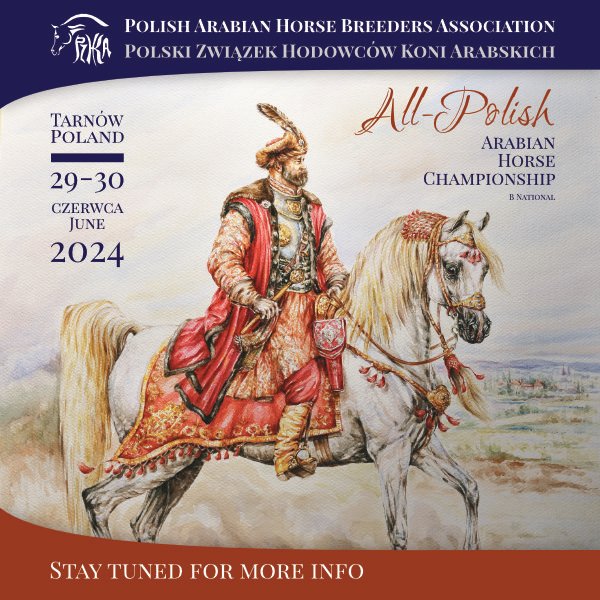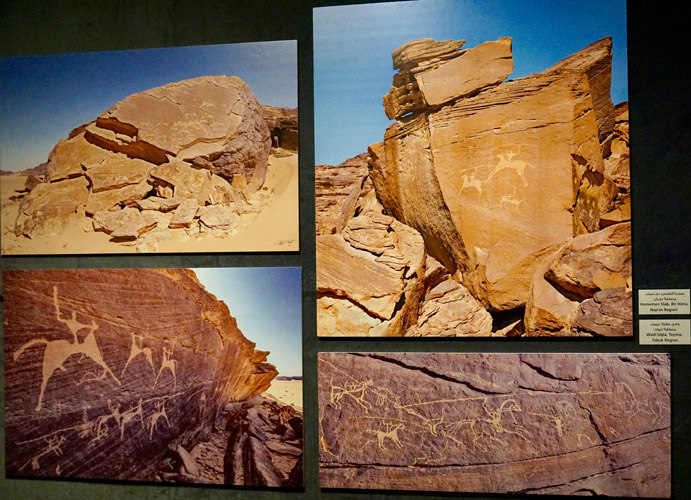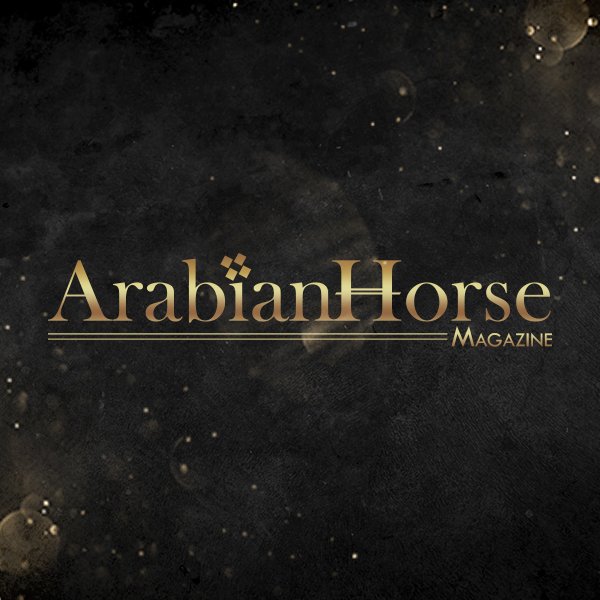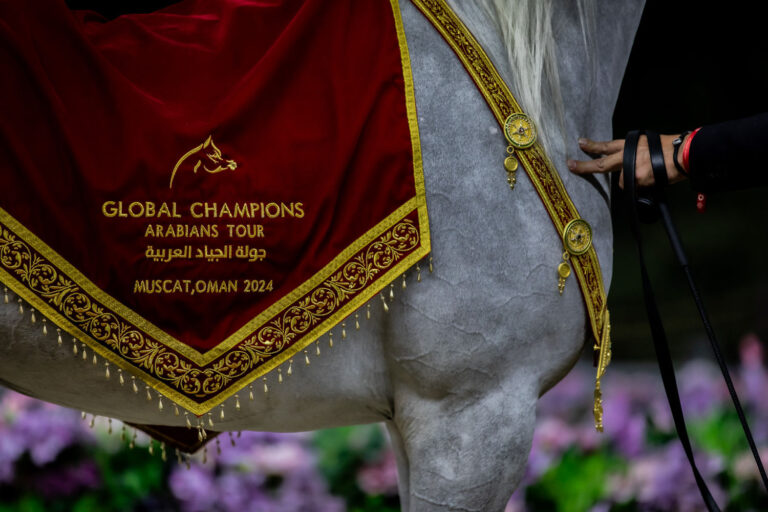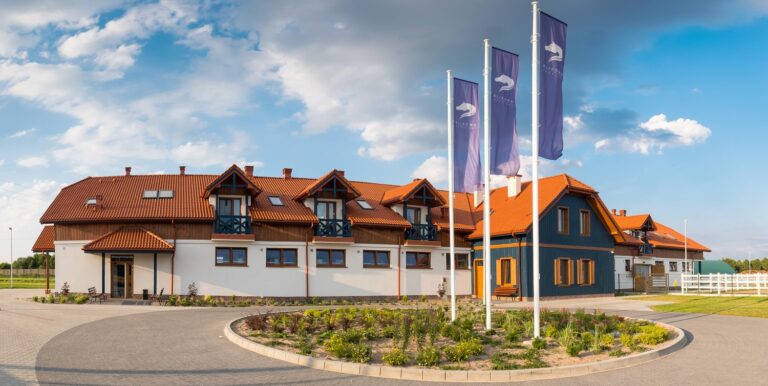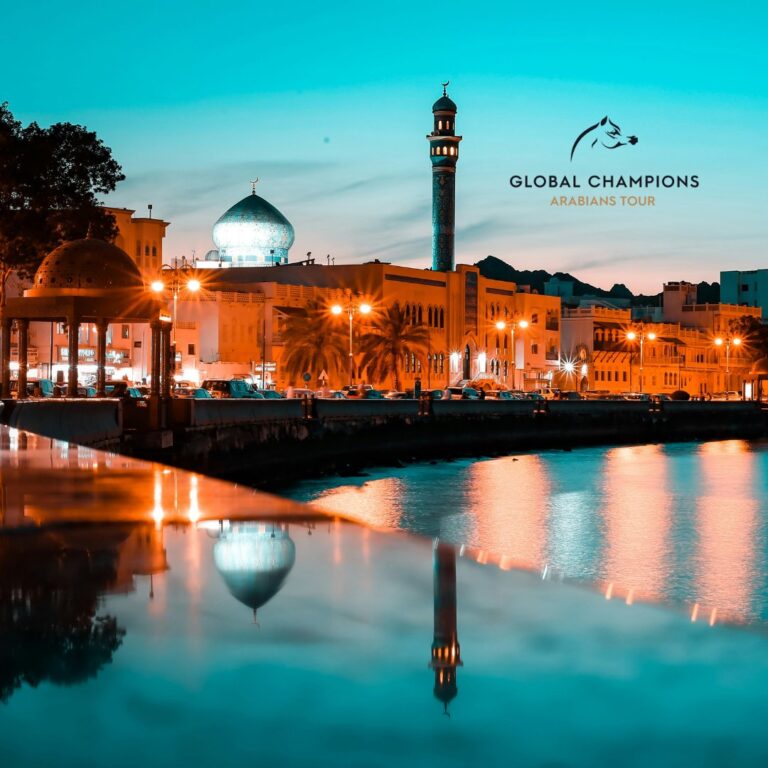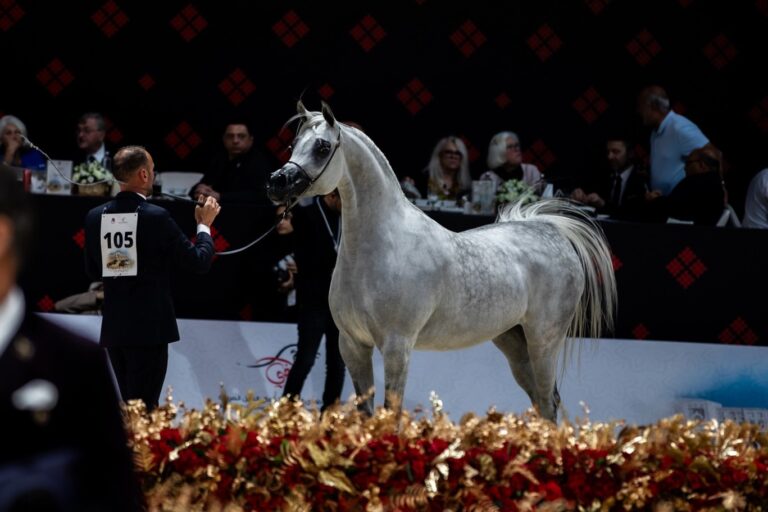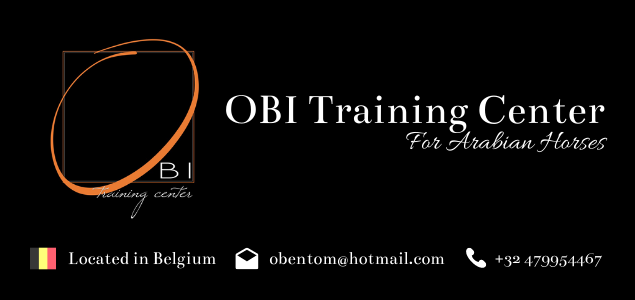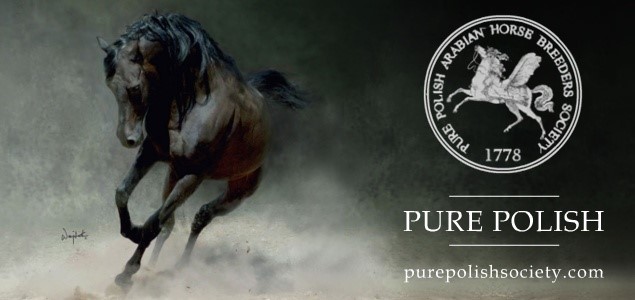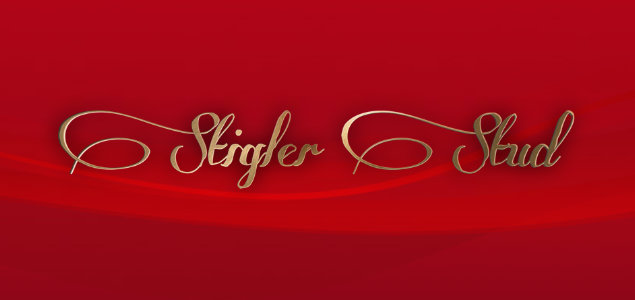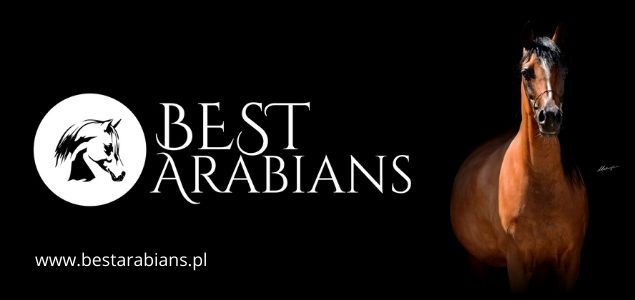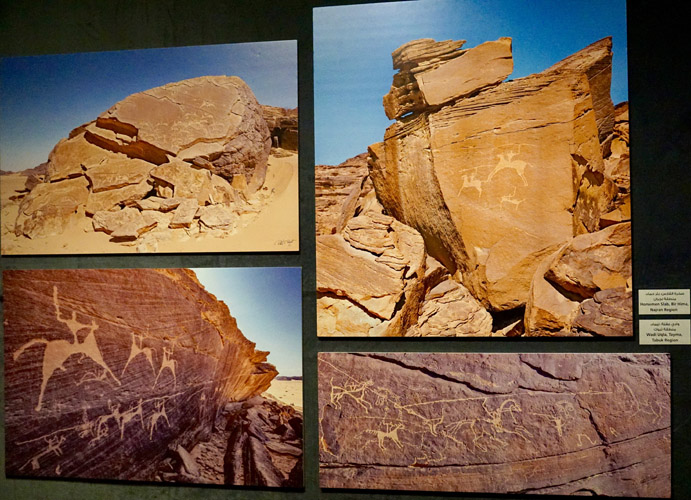
During the Asharqia Arabian Horse Festival (22nd-25th of February), an event organized in Dammam (Saudi Arabia), that included two Arabian horse shows – the Asharqia Arabian Horse Classic and the Gulf Straight Egyptian Arabian Horse Cup – the guests have been invited to an educational seminar “Where It All Began” and to Art & Archeology exposition which immensely broadened the significance of the Festival.
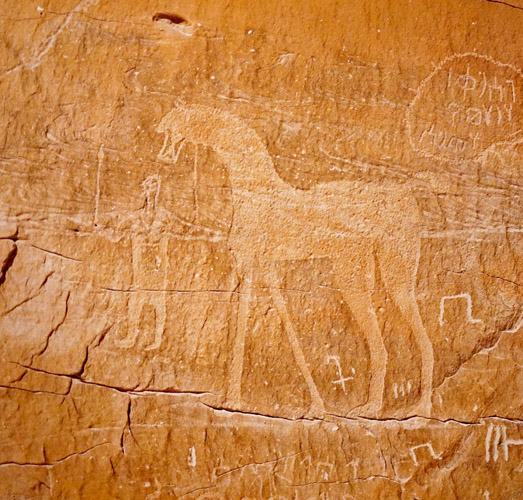
The exhibition, located in a pavilion not far from the show arena on an area with a traditional Arabian flea market, enjoyed great popularity among the public. Its first part was dedicated to archeological discoveries in the Tabuk province in the north-western part of the Arabian Peninsula. Under the guidance of Dr Sandra Olsen, a professor at the Division of Archeology at the Biodiversity Institute and Natural History Museum at the University of Kansas, research was done near the city of Tayma, once an oasis and an important spot on the caravan path (Al Daksh, Jebel Habib, Al Naslaa). Rock paintings were discovered there, dating as far back as 800 BC and 200 AD. Those drawings of horses leave no doubt that already in those times the Arabian horse had the same traits that we value in it today. The author of photographs used in Sandra Olsen’s book “Stories in the Rocks” dedicated to these discoveries, and exhibited also in the British Museum, is Richard T. Bryant. Rock drawings that could be seen at the exhibition on photographs were also the subject of an academic conference organized on Sunday (25.02) in Kempinski Al Othman hotel. Cynthia Culbertson, an author of many publications on Arabian horses and the exhibition’s consultant, was a key speaker. Works of artists from 2,5 thousand years back prove that the Arabian horse was present in the culture of the Arabian Peninsula peoples long before Islam. Centuries ago these horses were called “sea horses”, because their ancestors came here by sea from India. Today we often say that they have heads “like a sea horse”.
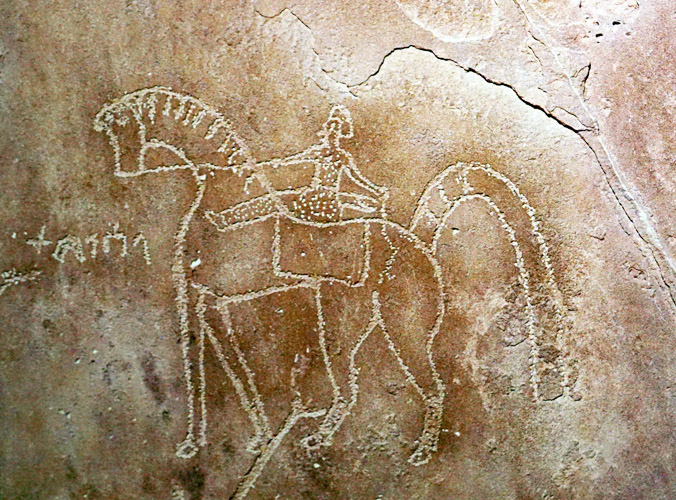
A crucial moment for their history was the spreading of Islam and together with it horses of this breed. During the crusades people of the West came in contact with Arabian horses and gave them the respect and recognition. Thanks to the discovered rock drawings in Saudi Arabia we can be sure that the Arabian horse has survived thousands of years in an almost unchanged form. The drawings are not just an archeological feature, analysed by high-tech devices (including three-dimensional laser scanning), but also cause admiration for the skills of the artists of old, who were able to capture the beauty and charm of the Arabian horse so precisely.

The other part of the exhibition was titled “The Arabian Horse through the Eyes of the World”. It included the works of several artists, among them the world-know American sculptress Karen Kasper. As Karen Kasper admitted during her presentation at the conference, she was fascinated by Arabian horses since early childhood when she saw a book with an Arabian on the cover. The six year old resolved the dilemma whether to buy a book or sweets in favour of the book. As a 13 year old she furiously drew horses. 15 years later she created her first sculptures, inspired by the paintings of Antoine Charles Horace Vernet (1758-1836), who was a master of showing the nature of the horse and its relationship with man. The Arabian horse, often treated as a member of the family – both in the old times and today – is the best example of such a relationship. The artistic credo of Karen Kasper is to capture the truth about the horse’s sensitivity, his intelligence, pride, charisma, energy and the deep maternal instinct of the mare. “I try to tell the truth about the body language of the horse”, she explained. Her vision of the Arabian horse changed radically on the day that she saw desert horses. “That moment, that spirit that I saw at the desert, it changed my life”, she confessed. “The movement of the desert-bred horses was so different from the one that we can see at shows”. “Showing the Arabian horse in art is to see how close it is to real life. The artists tell the truth”, she summed up and in the end asked: “Please give the children a book, a magazine, show them a picture, a sculpture”. Maybe the admiration stirred in a child by an image of a beautiful, proud Arabian will be the beginning of another artist’s path?
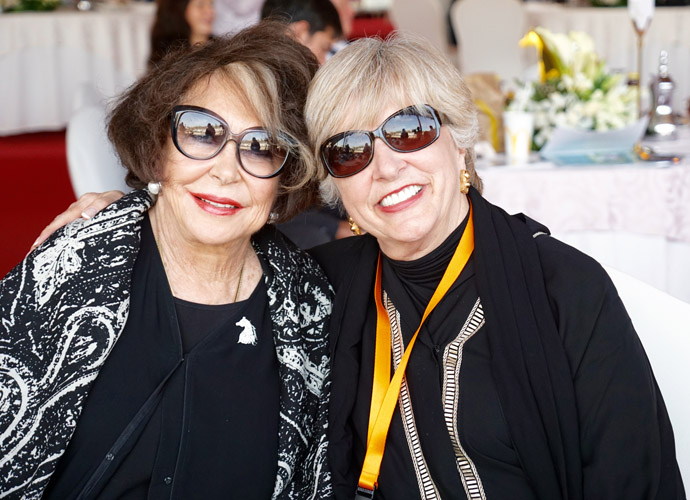
Also presented were photographs of Gigi Grasso and paintings by Ali Almimar, while during the conference we had the chance to listen to a lecture by Judith Forbis, without whom Straight Egyptian breeding would not be what it is today. An author of 22 books, a breeder, initiator of establishing the Pyramid Society, registrar of the Straight Egyptian stud book. Her encounter with Arabian horses happened when she was three years old and since then she has remained their admirer and promoter. She says that her first inspiration were the stories of “The Black Stallion” from the pocket book series of Walter Farley (the adventures of the black stallion were published for the first time in 1941). The first Arabian mount of Judith Forbis was owned by the American film star, the born in Budapest Zsa Zsa Gabor (1917-2016). An important source of knowledge to her was also the manuscript of Emir Rzewuski, which she thoroughly studied, especially the illustrations of Arabian horses. “I think you should know the breed before you start breeding”, she explained. She herself, before she took to breeding, tried to learn all she could about Arabians, through travelling and visiting studs as well, also in Egypt, where she searched for an ideal Arabian horse. She found one in the shape of Nazeer, who at the time was 22 years old. The purchase of three yearlings and later also daughters of Nazeer became the beginning of the Forbis’ breeding program: “The pedigree is a road map. It is very important to understand the pedigree”. When asked what is a Straight Egyptian horse, Judith Forbis answers: “It is a horse that traces back to horses listed in the Straight Egyptian Stud Book”. What specific traits does a horse from the Judith Forbis breeding program have? “The Ansata horse is a strong horse, with good conformation, beautiful head, and ready to be ridden”. Of course breeding an ideal horse is a never ending challenge: “The joy is the journey. The beauty is truth. Truth is the beauty. The beauty is the only excuse for me”.
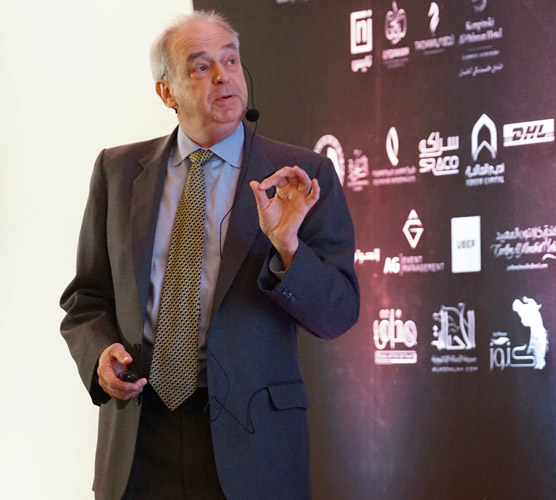
Among the invited speakers was also Dr Doug Antczak of Cornell University, who spoke about genetic aspects of Arabian horse breeding. His research shows that the population of Arabian horses in Poland has a low genetic diversity, while the greatest is observed in the Middle East. The Arabian horse has a unique genetic profile, clearly divided into two separate lines today – racing and shows.
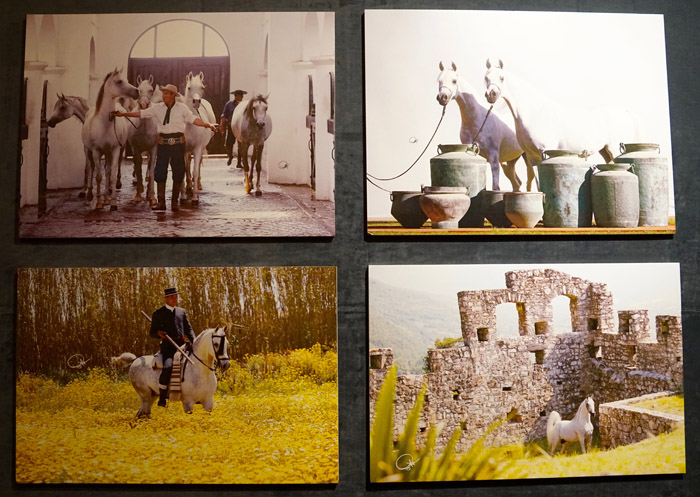
And so, apart from following the show competition and an inspection of some of the breeding programs of Saudi Arabia, we had a chance to participate in an academic and artistic experience, allowing to discover an unknown cultural wealth associated with the Arabian horse. We owe a huge congratulations to the organizers for spreading the knowledge about a breed that takes up so much space in the lives of a large group of people worldwide.
You can read about both shows held during the Asharqia Arabian Horse Festival here


